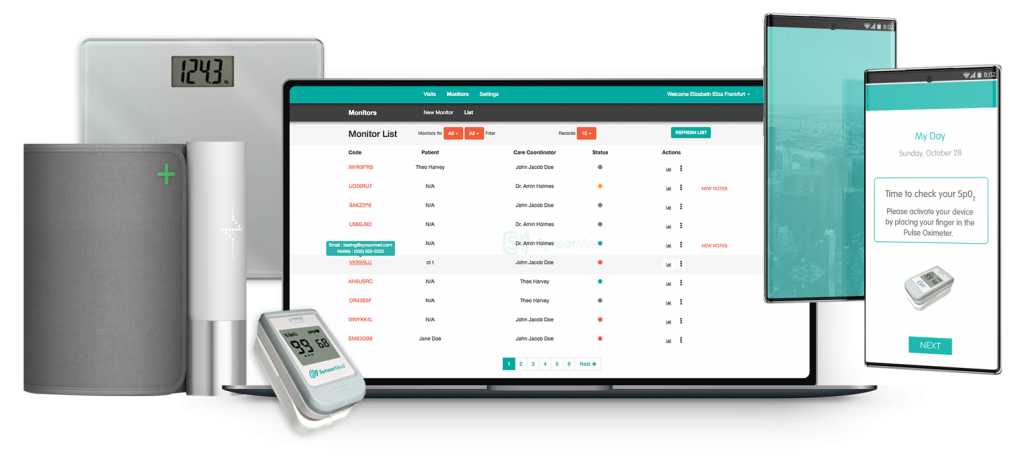 Remote patient monitoring software (RPM) has revolutionized the way healthcare professionals provide care to patients remotely. With the advancement of technology, healthcare providers can now monitor the patients’ symptoms, recovery, and treatment progress remotely. This technology allows doctors to keep track of the patient’s health status without the need for the patient to visit the office physically. In this article, we’ll review the benefits of remote patient monitoring software, features available, and how it has transformed the healthcare industry.
Remote patient monitoring software (RPM) has revolutionized the way healthcare professionals provide care to patients remotely. With the advancement of technology, healthcare providers can now monitor the patients’ symptoms, recovery, and treatment progress remotely. This technology allows doctors to keep track of the patient’s health status without the need for the patient to visit the office physically. In this article, we’ll review the benefits of remote patient monitoring software, features available, and how it has transformed the healthcare industry.
Remote patient monitoring software is an innovative technology used for managing and monitoring patient care remotely. With RPM software, patients can record their vital signs, medical history, and health status remotely and communicate directly with their healthcare provider. This technology also allows healthcare professionals to monitor and track a patient’s progress quickly, improve care delivery, minimize the need for physical visits, and reduce costs. RPM software is mainly used for treating chronic diseases such as diabetes, hypertension, and heart disease. Patients can track and log their medication, follow their dietary plan, and input data from their medical devices, like blood sugar monitors and smartwatches, to be shared with their healthcare provider.
Remote patient monitoring software boasts several features that enhance patient care and improves user experience. One major feature of remote patient monitoring software is remote data access. This feature allows healthcare providers to access the patient’s data remotely, review their medical history and track their symptoms. This feature enhances the physician’s ability to provide a diagnosis and monitor the patient’s progress remotely. In addition, the software provides secure communication channels between patient and physician, ensuring the confidentiality of patient information.
RPM software has revolutionized virtual patient care. With the integration of an RPM system with Electronic Health Records (EHRs), healthcare providers can receive and access patient data instantly without the need for manual integration, reducing errors and minimising the timeframe needed to make important clinical decisions. Moreover, the streamlined RPM system allows healthcare providers to optimize patient care plans, improve the quality of care, and increase the accuracy of patient data.
RPM software has also shown to enhance patient satisfaction and improve patient engagement. With Mobile In-app Patient Portals, patients can use RPM software to educate themselves about their care management process, making it easier for them to stay engaged in their own health outcomes. This technology enables the patients to book appointments, review their data log, communicate with the healthcare provider, and stay informed regarding their medical care and progress.
RPM software has transformed the healthcare industry, improving the speed and accuracy of diagnosis alongside facilitating communication between patients and healthcare providers. By automating disease management, RPM software reduces the need for physical consultations, thereby cutting down on costs, reducing burdens on the healthcare system, and improving patient outcomes.
Conclusion:
Remote patient monitoring software has proven effective in enhancing patient care, improving patient outcomes, and optimizing healthcare delivery. By providing healthcare providers and patients with accurate and vital patient data, this technology facilitates improved decision-making, increased patient engagement, and overall better care. Healthcare providers should make use of this technology to ensure that their patients have access to the best possible care.



